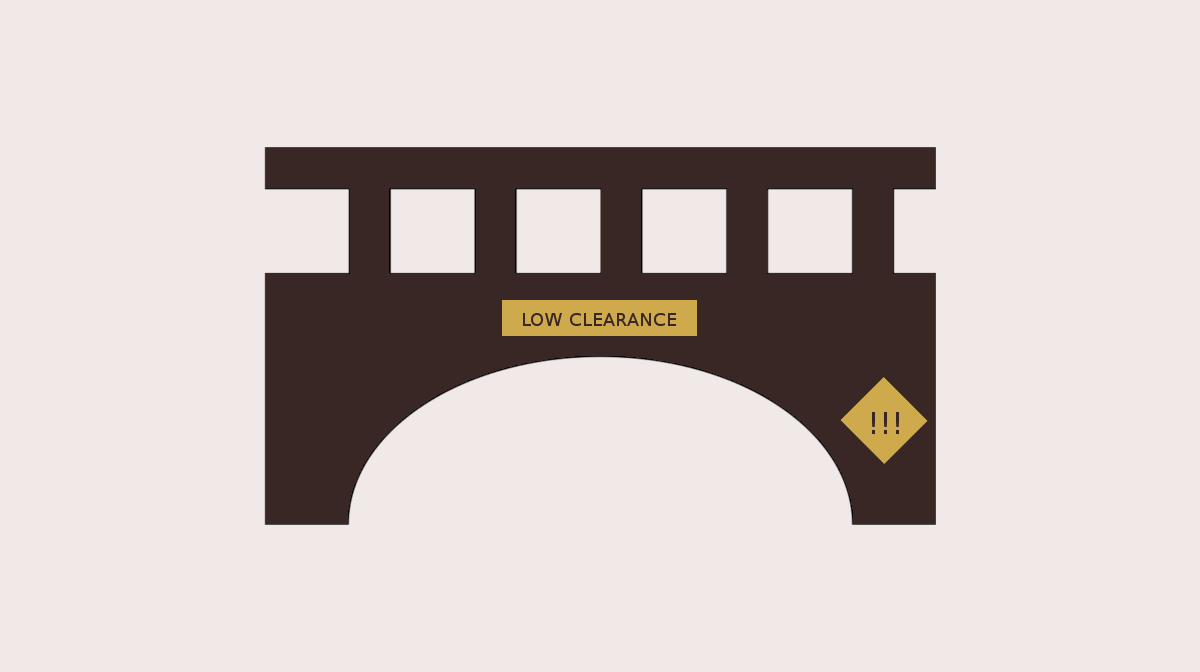There have been no court recorders in the 1st Municipal District Cook County Eviction courts for the past fifteen years.
I'm going to say that again so it sinks in. There have been no court recorders in 1st Municipal District Cook County Eviction courts for the past fifteen years.
No tape recorders either. No digital recorders. And you can't bring your own, they're banned as part of the electronic device ban along with cameras, cell phones and computers.
Court recorders, or court reporters, are those people with the special typewriters called stenotypes who sit near the judge and write down everything that's said during a trial. If you watch any episode of "Law & Order" you'll see them. But if you go to Chicago eviction court, you won't. They were removed due to budget cuts in 2003. That means no transcripts for you, which means no official record of your first trial to bring with you should you choose to appeal an eviction ruling. Continue reading The Other Person Tenants Need in Chicago Eviction Courts






